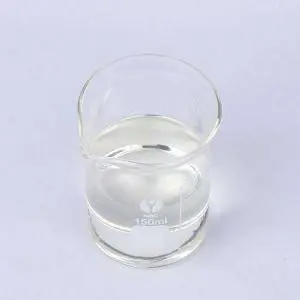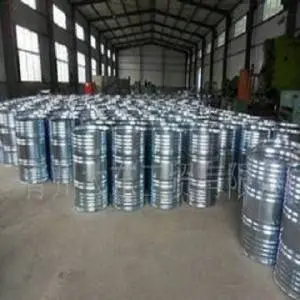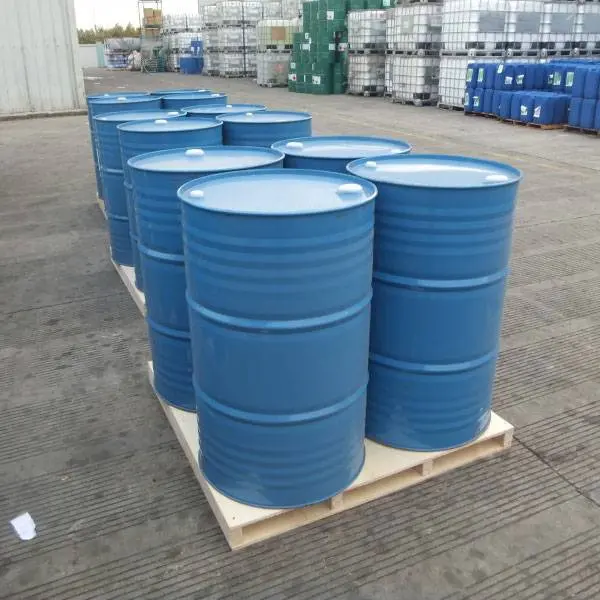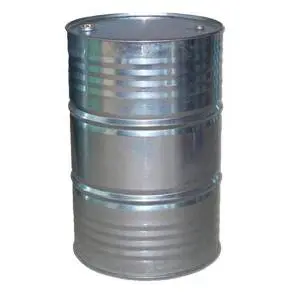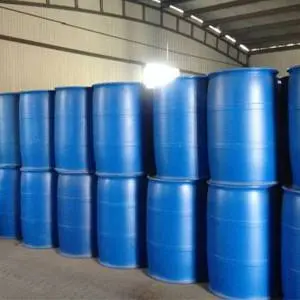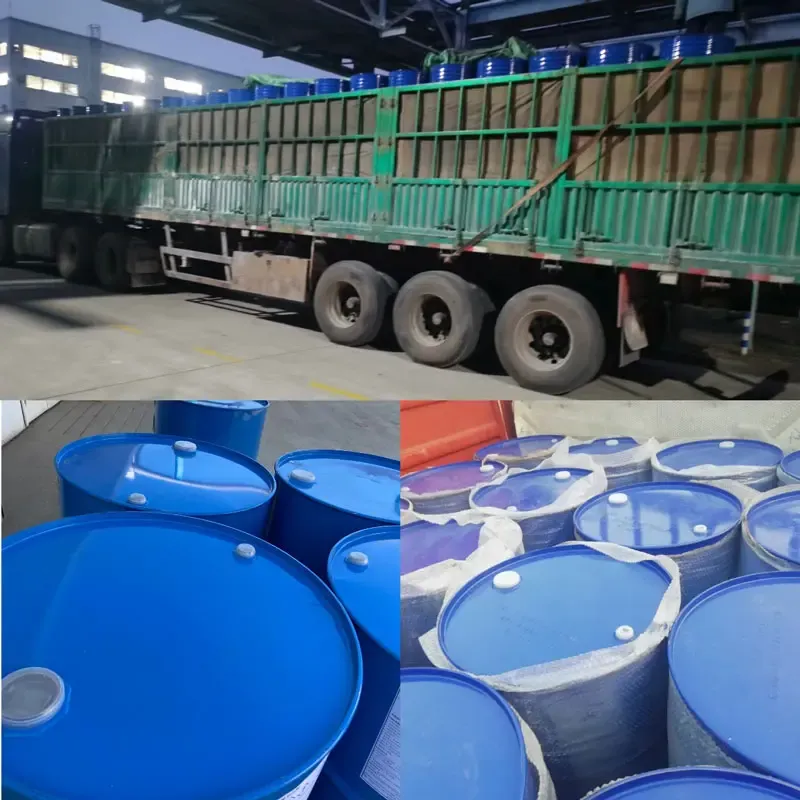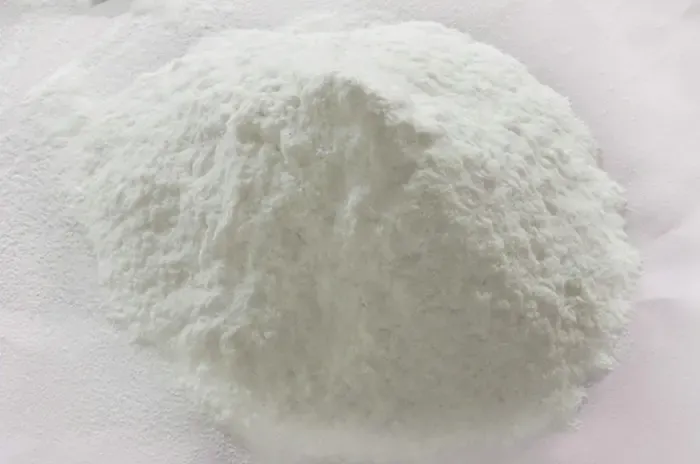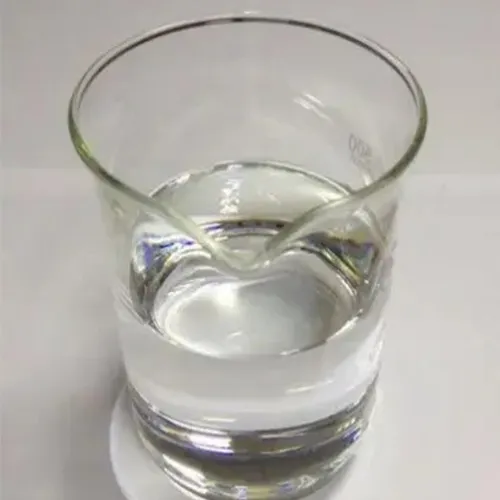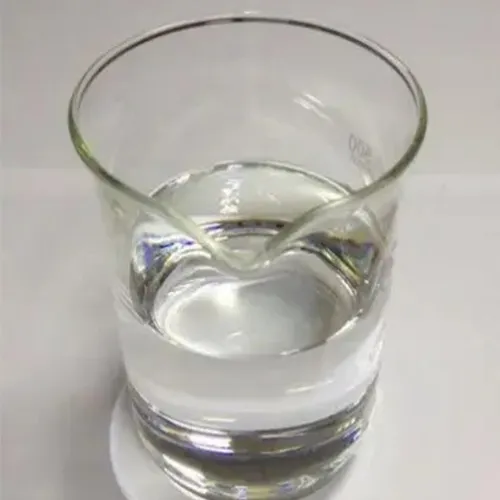Tetramethylethylenediamine: An Important Organic Amine Compound
In the world of organic chemistry, Tetramethylethylenediamine is an organic amine compound with a unique structure and a wide range of applications. Its existence provides crucial support for the smooth progress of many chemical synthesis reactions and occupies an important position in the field of chemical industry.

Tetramethylethylenediamine has distinct physical properties
TMEDA chemical typically appears as a colorless and transparent liquid with a slight amine odor. Its boiling point is about 120-122 ℃, and its relative density is about 0.77-0.78 at 20 ℃. It also has strong solubility and can be mixed with various organic solvents such as water, ethanol, and ether. These physical properties enable it to function well in different reaction systems and adapt to various reaction environments.
There is a relatively mature method for the preparation of Tetramethylethylethylenediamine
Generally speaking, it can be prepared by the methylation reaction of ethylenediamine with formaldehyde and formic acid under certain conditions. During the reaction process, the amino hydrogen atom in the ethylenediamine molecule is replaced by a methyl group, gradually generating tmeda cas. By reasonably controlling the reaction temperature, pressure, and ratio of raw materials, the purity and yield of the product can be improved to meet the requirements of different scenarios for this compound.
In terms of chemical properties, Tetramethylethylethylenediamine exhibits strong alkalinity and catalytic activity
As a tertiary amine, the nitrogen atom in tmeda reagent molecules can provide lone pair electrons, exhibiting alkalinity and capable of neutralizing with acids. Meanwhile, this structural characteristic also makes it an effective catalyst for many organic reactions, such as in polymerization reactions, where it can accelerate the reaction and regulate the structure and properties of polymers.
The application fields of Tetramethylethylenediamine are very extensive
In the field of polymer chemistry, it is an important catalyst in the preparation of polyurethane foam, epoxy resin and other materials, which can promote the smooth reaction and improve the performance of materials. In organic synthesis, it can be used as a base catalyst to participate in various reactions, such as nucleophilic substitution reactions, elimination reactions, etc., to improve the efficiency and selectivity of the reactions. In addition, it also plays a positive role in the synthesis of pharmaceutical intermediates and the extraction and separation of certain metal ions.
In summary, Cu TMeda catalyst has become an indispensable organic amine compound in the chemical industry due to its unique physical properties, mature preparation methods, excellent chemical properties, and wide application fields. It plays an important role in promoting the development of chemical synthesis technology and advancing related industries. With the continuous deepening of chemical research, it is believed that there will be more new applications to be discovered for Tetramethylethylenediamine, which will continue to contribute to the development of the chemical field.
Tetramethylethylenediamine FAQs
What is Tetramethylethylenediamine?
Tetramethylethylenediamine (TMEDA) is an organic compound with the chemical formula C ₆ H ₁₆ N ₂, composed of two dimethylamino groups connected by an ethane group. It is a colorless and transparent liquid with a strong amine odor, easily soluble in water and organic solvents, and commonly used as a ligand, catalyst, or alkaline reagent.
-
What are the uses of Tetramethylethylenediamine in chemical synthesis?
This compound is widely used as a strong base or metal ligand in organic synthesis, especially in the reaction of lithium reagents such as n-butyl lithium, where it can stabilize active intermediates and accelerate reaction rates. In addition, TMEDA can also be used to adjust catalyst activity in polymerization, or participate in free radical reaction as an electron transfer agent.
What are the safety precautions for Tetramethylethylenediamine?
TMEDA is corrosive and flammable, and contact with skin or eyes may cause irritation or even burns. Wear protective gloves and goggles during operation, and use them in a fume hood. When storing, keep away from sources of fire and oxidants, seal and store in a cool and dry place. If a leak occurs, inert adsorbent materials should be used for treatment.
-
How to purify Tetramethylethylenediamine?
Commercially available TMEDA may contain water or amine impurities. During purification, calcium hydride or molecular sieves are usually used to remove water, followed by vacuum distillation to collect the fractions within the boiling range. The distillation process needs to be isolated from air to avoid moisture absorption or oxidation, in order to obtain high-purity products.
-
What are the characteristics of Tetramethylethylenediamine compared to other amine reagents?
Compared to common amines such as ethylenediamine or triethylamine, the unique feature of TMEDA lies in its bidentate coordination ability, which can form stable complexes with various metals. In addition, its steric hindrance effect is relatively small, its alkalinity is stronger, and it is more efficient in promoting certain specific reactions (such as lithiation reactions), but the cost is also relatively high.
Post time: Sep . 10, 2025 17:17





